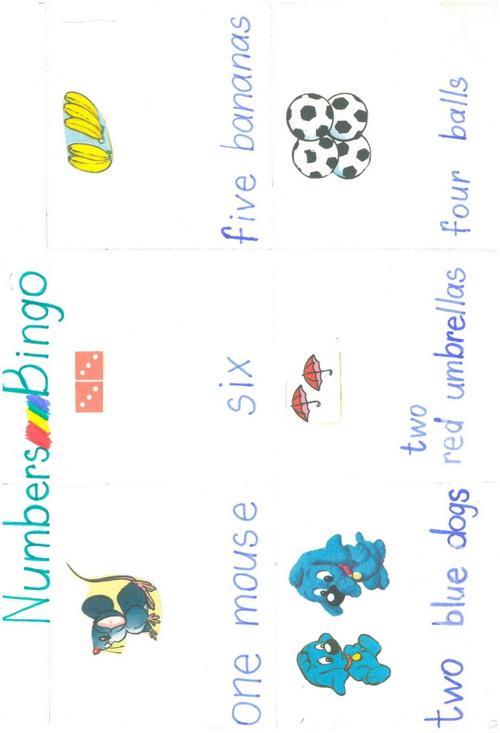- Учителю
- Тематические игры по английскому языку на тему 'Numbers' (1 класс)
Тематические игры по английскому языку на тему 'Numbers' (1 класс)
|
| Part 1: Numbers | |
| School # 19 Teacher: Shaginyan N.A. |
2014 | |
Introduction
Games
Games are invaluable to the teacher of a foreign language because they provide an opportunity for students to use their language skills in a less formal situation. Games enable students to practice formally learned language in a more stimulating way
NUMBERS
-
A clapping game
Language point Numbers
Skill Listening
Level Elementary
The teacher pronounces a number, children have to clap the number.
T: - Five
Ps: - clap, clap, clap, clap, clap.
5
-
"What number is missing?"
Language point Numbers
Grammar Is it…? It is/It's Yes/No
Skill Speaking
Level Elementary
Pupils look at the numbers (on the board/on the cards), then close their eyes (one number is missing). The teacher says "Open your eyes. What number is missing?". Pupils open their eyes and pronounce the missing number.
T: - "What number is missing?"
Ps: - "Seven".
T:- "Is it seven?" (the teacher shows the card or writes on the board).
Ps: - "No, it's three.
-
 b)
b) 

-
"Numbered dots."
Language point Numbers
Grammar Is it…? It is/It's Yes/No
Skill Speaking
Level Elementary
You can play this game in groups.
Children have numbered dots. They must join 1 and 2, 2 and 3, 3 and 4, 4 and 5, … 8 and 9, 9 and 10, 10 and 1. You should guess what the picture is.
0 8
Group 1: - It's eight.
Group2: - It's zero.
-
"How many fingers?"
Language point Numbers
Grammar Plural/Singular
Skill Speaking
Level Elementary
The teacher shows his/her fingers. Ps must count and pronounce.
T: - How many fingers?
Ps: - Two fingers.
T: - Correct. How many fingers?
Ps: - One finger.
2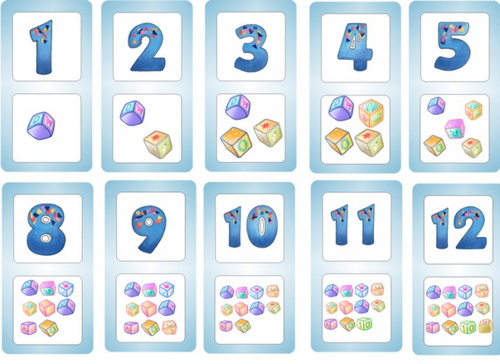
-
"Pop-corn reading".
Language point Numbers
Skill Speaking, Reading
Level Elementary
You need cards with numbers in words. The teacher says that Ps are pop-corns and they are in a big pan. The teacher shows cards with numbers in words. Ps have to jump (as pop-corns) and pronounce the numbers they have read.
T: - You are pop-corns and you are in a big pan. (Shows cards) two, one, four
Ps: - (Jump and pronounce) - two, one, four.
TWO
TWO!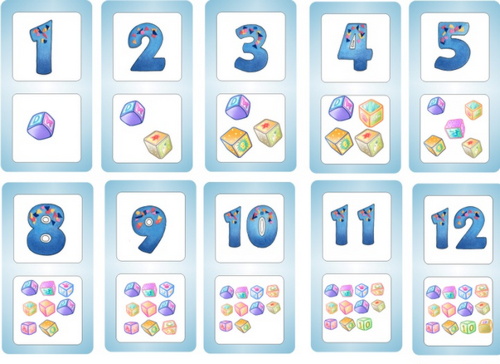
-
"Who is number one?"
Language point Numbers
Grammar Who is…?
Skill Speaking, Reading
Level Elementary
10 pupils stand in a line with their backs to the class. Every pupil has a flashcard on his back.
T: - Who is number one?
Ps: - Iker is.
T: - Who is number seven?
Ps: - Cristiano is.
T: - …

-
Cats and mice
Language point Numbers
Grammar To be (I am, You are...)
Skill Speaking
Level Elementary
The mouse pronounces :" I am a mouse
You are a cat
One, two, three,
You catch me.
and runs. The cat has to catch the mouse.

-
"Guess, guess!"
Language point Numbers
Grammar Yes/No Answers
Skill Writing, Speaking
Level Elementary
Ask two pupils to come to the front of the class and play the game. One pupil writes on the board a number in words, hidden from the other pupil and says "Guess!" The other pupil has to guess the word.
-Guess! Guess!
-One?
Guess! Guess!-No.
-Seven?
-Yes.

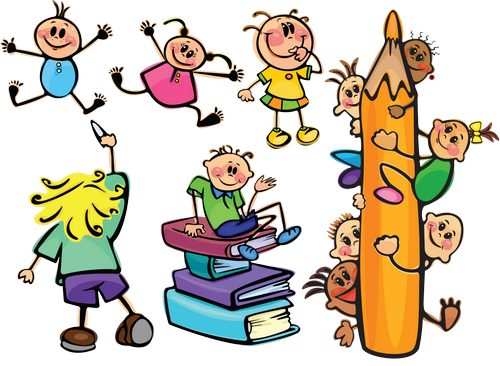
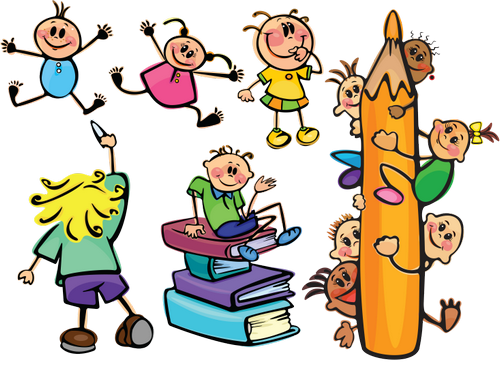
-
"How many buttons?"
Language point Numbers
Grammar How many? Yes/No answers
Skill Speaking
Level Elementary
Ask two pupils to come to the front of the class. Give them 10 buttons and tell them to play the game. One of them hides some buttons in his/her hands. The other pupil has to guess "How many buttons?"
- How many buttons?
- Nine.
- No, two.
- How many buttons?
- Six.
- No, eight.
-
"How old are you?"
Language point Numbers
Grammar I am
Skill Speaking
Level Elementary
Ask pupils to play the game in a chain. They pronounce: I am seven, I am six.
I am six.
I am seven.

-
Number Bingo
Language point Numbers
Grammar Plural / Singular
Skill Speaking, Listening
Level Elementary
You should make a set of bingo cards and buttons. The cards should have numbers + nouns written on each (e. g. two dogs). Each student has 1 card and buttons to cover the numbers + nouns as they are called. If the word (number + noun) is on a pupil's card he covers it with a button. The first pupil to cover all his numbers is the winner. He should call out Bingo to show he has finished and then prove he has won by calling the numbers + nouns back at the teacher.
Two dogs / one apple / five cats / eight balls / four hats
-
Number sums.
Language point Numbers
Skill Speaking, Listening
Level Elementary
Divide the class into two teams, one and two. Write number sums on the board (e.g. 5+2=?) and ask the pupil from each team in turn to say the sum in words and give you the correct answer. Correct answers win a point for the team.
5+2=7 (Five plus two equals seven).

-
"How old is the numbers man?"
Language point Numbers
Grammar Present Simple
Skill Speaking, Listening
Level Elementary
You should have the picture of numbers man on the board. Pupils must work out how old the numbers man is, by adding up the numbers of the actions that he does. The fastest team wins.
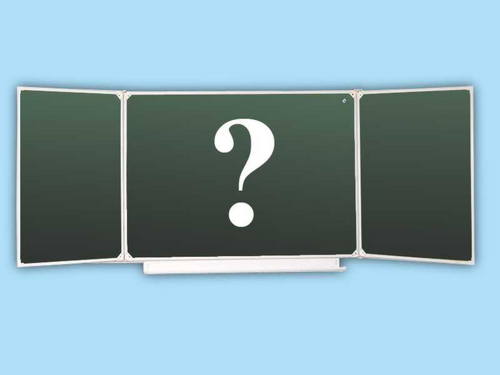
T: - He touches his nose and eyes.
G: - 4+2=6 (He is six.)
T: - Correct. You are winners.
Key:
1 forehead
2 eye
3 ear
4 nose
5 mouth and moustache
6 chin
7 neck
8 hair
-
Matching game
Language point Numbers
Skill Writing
Level Elementary
Pupils should match numbers with words.
1 three 5 one 3
five 2 two ten 10

-
"Write the number!"
Language point Numbers
Skill Writing, Listening
Level Elementary
You can play the game in pairs. One pupil claps out the number or pronounces it. The other writes it in words. 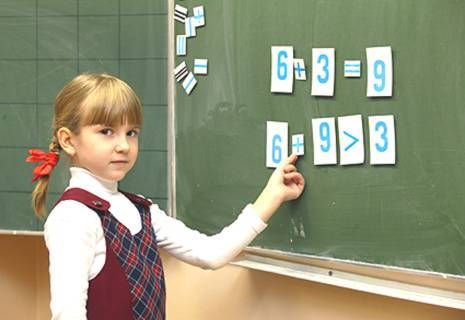
six
6

-
"Telephone"
Language point Numbers
Grammar This is …, How …? To be
Skill Speaking, Listening
Level Elementary
Two pupils should talk to each other by phone. The teacher should give Mike's telephone number (written on card) to Stas.
T: - This is a telephone number of your friend. Call your friend.
Stas: - 7165004
Mike: - Hello!
Stas: - Hello! Mike! This is Stas. How are you?
Mike: - Fine, thank you. And how are you?
Stas: - Fine, thank you. Bye.
Mike: - Bye.

-
"Can you count?" / "Count!"
Language point Numbers
Grammar
Skill Speaking, Listening
Level Elementary
Ps should count from 1-10 and from 10-1.
One, two, three… ten.
1, 2, 3, 4, 5, 6, 7, 8, 9, 10Ten, eight, seven… one.

-
"Your Turn"
Language point Numbers
Grammar
Skill Speaking, Listening
Level Elementary
Organize the pupils into pairs. Explain that they should draw squares and write 4 numbers between 1 and 10 in the squares. They mustn't let their partner see. Then they take it in turns to guess a number, their aim being to find out what numbers their partner has chosen, If they guess correctly, they write the numbers in the squares marked your partner.
P1: Your partner:
2
P1:
P2:
5
9
2
6
1
7
3
10
P1: 2?
P2: - Yes.
P1: 2. Your turn.
P2: 10?
P1: No.
P2: Your turn.
-
Number game
Language point Numbers
Grammar
Skill Speaking, Listening
Level Elementary
Needs: 5 cards for each pupil.
Divide the pupils into pairs. Give each pair 5 cards and ask them to number each card from 1 to 10. The number cards are mixed and turned face down. The pupils take it in turns to turn over a card. (They should use your turn!) The pupil who turns over the card must say the number in English and if it's correct, keeps the card. If the card is not correctly named, it is turned over again.
-
Find your partner!
Language point Numbers and Colours
Grammar To be, What … ?
Skill Speaking, Listening
Level Elementary, Intermediate
Needs: White cards with colored numbers on them. (2 matching cards for each pair of pupils e.g. 2 white cards with a blue 5 drawn on them).
Explain that the children are choosing partners for a game. They all have white cards with coloured numbers on them and they have to find another child with the same number and colour - their partner.
Divide the class into pairs. Mix the cards. Give each pupil a card and tell them not to show it to anyone. Tell them to find their partners, using the sentences written on the board:
- What's your number?
- What's your colour?
- You are my partner.
P1: What's your number?
P2: 7.
7P1: What's your colour?
7P2: Red.
P1: No, my 7 is blue.
P1: What's your number?
7
7P2: 7.
P1: What's your colour?
P2: Blue.
P1: You are my partner.
When they have all found their partners chain around the class with pupils saying who their partners are.
P1: Mary's my partner. Who's your partner?
P2: Nick's my partner. Who's your partner?
P3: Ann's my partner. Who's your partner?
3. "Numbered dots"
3. "Numbered dots"
1
2
3
4
5
6
7
8
9
10
Pop-corn reading.
ONE
TWO
THREE
FOUR
FIVE
SIX
SEVEN
EIGHT
NINE
TEN
ELEVEN
TWELVE
Number game, "What number is missing?", "Who is number one?"
1
2
3
4
5
6
7
8
9
10
11
12
12 "Number sums"
5+2=
1+3=
7+4=
6+4=
3+5=
6+1=
2+7=
8+4=
2+9=
2+8=
4+3=
3+7=
Matching Game
1
Seven
2
Nine
3
One
4
Eight
5
Two
6
Five
7
Three
8
Six
9
Twelve
10
Eleven
11
Four
12
Ten
16. Telephone
MIKE
7615004
KATE
6572890
ANN
1456879
JOHN
7463801
ROBERT
3110955
ALICE
4246819
18. "Your turn"
P1 Your Partner
P2 Your Partner
19 "Number Game"
20 "Find Your Partner"
1
1
2
2
1
1
2
2
3
3
3
3
13."How old Is the numbers man?"

11. "Numbers Bingo"
11. "Numbers Bingo"
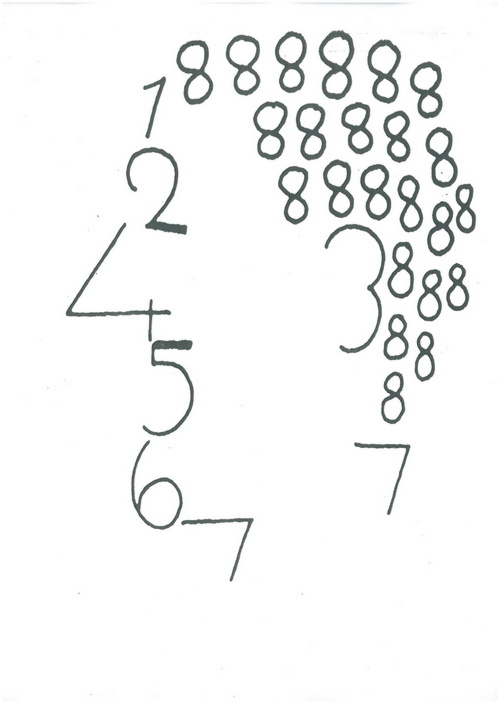
7. Cats and Mice
7. Cats and Mice
